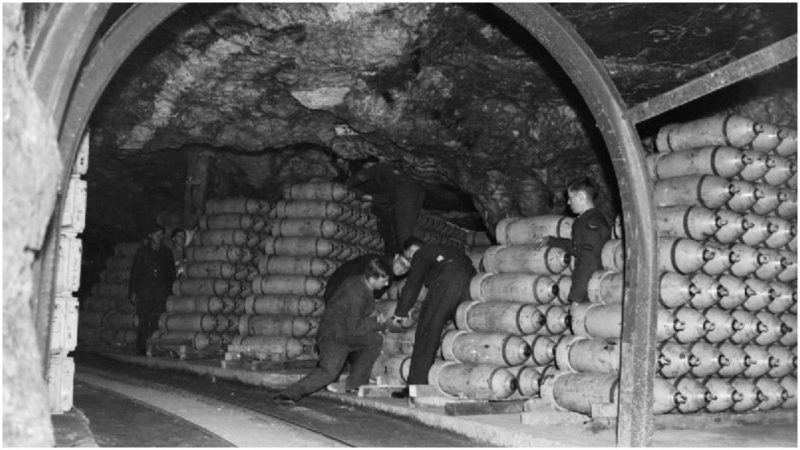On November 27, 1944, at 11:11 AM the quiet English countryside was rocked by one of the most deadly explosions to occur to occur during the Second World War. In fact, with the exception of nuclear explosions, it was one of the worst explosions in history.
Its legacy is known as The Hanbury Crater which measures around 250 feet (76 meters) in diameter and is 300 feet (91 meters) deep in Shropshire, England.
What happened?
At the time of the explosion, the RAF Faulds munition depot was packed full of explosives. The underground storage facility was located in tunnels created from the exhausted gypsum mines which had been a major industry in that part of the country.
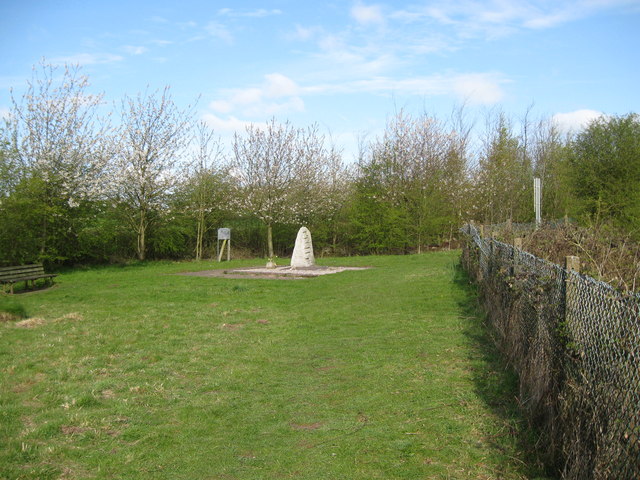
By this point in the war, tunnels provided storage for somewhere between 3500 and 4000 tons of explosive. This included high explosive bombs as well of millions of rounds of rifle ammunition.
According to eyewitnesses, there were two explosions which seemed to happen at the same time. They saw a giant mushroom cloud rising from two black columns of smoke. The smoke columns rose to a height of 1,000 feet (304 meters) as the fire from the explosion blazed at the bottom.
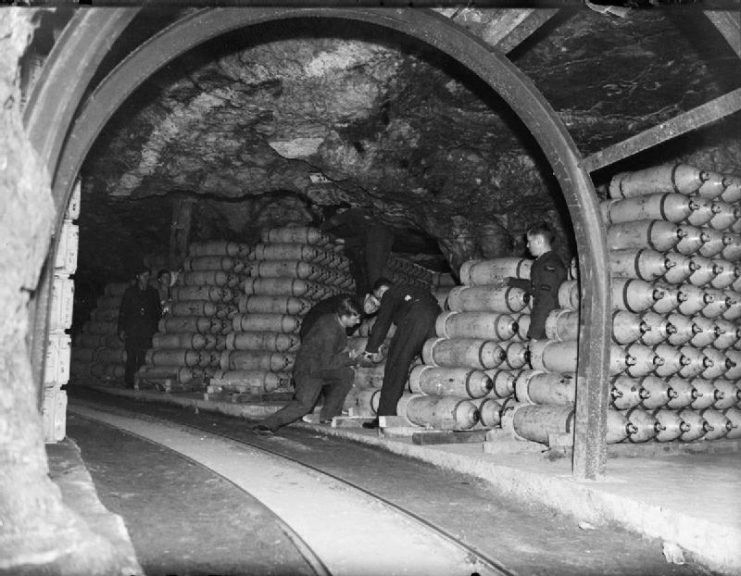
The explosion caused extensive damage to an area within a radius of 1,300 meters (1,421 yards).
In addition to the immediate damage caused by the explosion, it also blasted 450,000 cubic liters of water from the nearby reservoir. A local farm, Upper Castle Hayes Farm, was completely destroyed by the force of the water, as was the lime and gypsum works and local cottages.
However, the blast could have been even worse. The munitions store was divided into four sections, and the stone pillars between the sections restricted the spread of the explosion. The munitions which exploded were all contained in sections one and two. Fortunately, sections three and four were not affected.
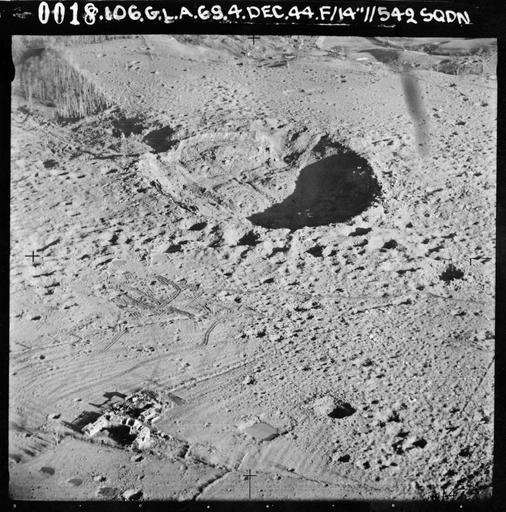
Casualties
It is difficult to know for sure how many died at the scene of the explosion. Accurate records of who was working on the site were not kept at the time. The estimated death toll assumes anyone who was likely to have been there and was not accounted was probably killed.
Official figures at the time said that 90 people killed missing or injured. The real toll may well be higher.
At the scene of the explosion itself, it is estimated that 26 lives were lost. This figure includes members of the RAF, as well as civilian workers and Italian POWs who were based there. Some of them died from injuries caused directly by the explosion while other deaths were the result of poisonous gasses created by the blast.
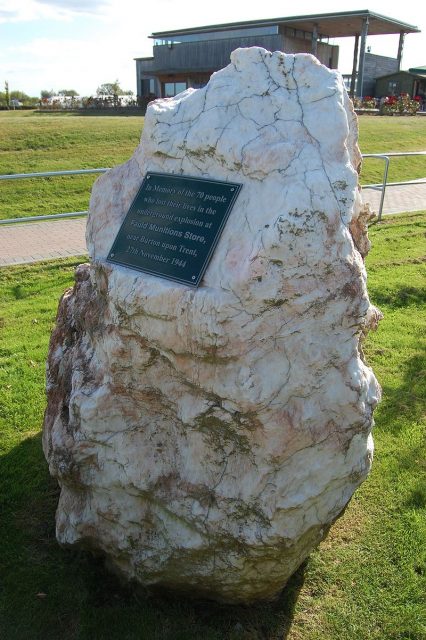
The impact of the explosion on the reservoir caused just as much damage and more casualties. A massive flood led to a further 37 deaths by drowning. These were mostly workers from the gypsum mine and plaster mill.
In addition to the human death toll, many animals also perished, including around 200 cattle. Some were killed at the time of the explosions. Farmers attempted to move some of the beasts to safety but for many of these it was too late, and they died the following morning.
![Fauld crater memorial area-Hanbury Photo by Martin Richard Phelan CC BY SA 2.0]](https://www.warhistoryonline.com/wp-content/uploads/sites/64/2019/02/3844216_48e4fde1.jpg)
How did it happen?
The question which had to be asked was: how could such a thing happen? There was much speculation, but the cause was kept quiet in the immediate aftermath and for many years after.
The information did not become available until 1974 when it was released under the UK government’s 30-year rule which allows certain classified documents to be made public after 30 years.
Like so many tragedies, it appears to have been the result of simple human error. It was discovered that, just before the explosion, a witness had seen someone using a brass chisel as they attempted to remove the detonator from a bomb. This was against regulations as they ought to have been using a wooden mallet.
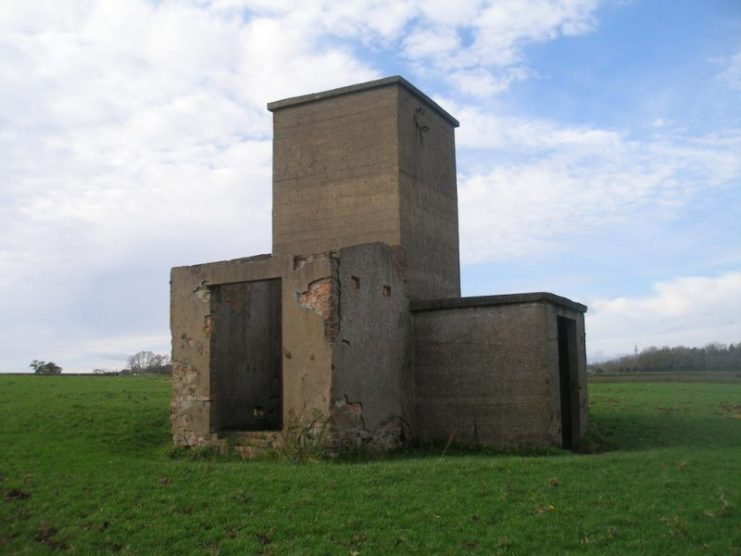
There were a number of other factors which may have contributed to this tragic accident. The storage facility was understaffed and poorly managed. In fact, there had been no manager there for almost a year. Without a manager to ensure people followed regulations, accidents were more likely.
Also, understaffing can lead to cutting corners. Perhaps the worker who caused the explosion had too much to do and may have been in a hurry. He may have thought it easier to use whatever happened to be to hand rather than taking time to get the right tools for the job.
There were also 189 Italian POWs working in the underground store. There is no suggestion of deliberate sabotage, but the Italians lacked not only training and experience for the work they were doing but also adequate supervision.
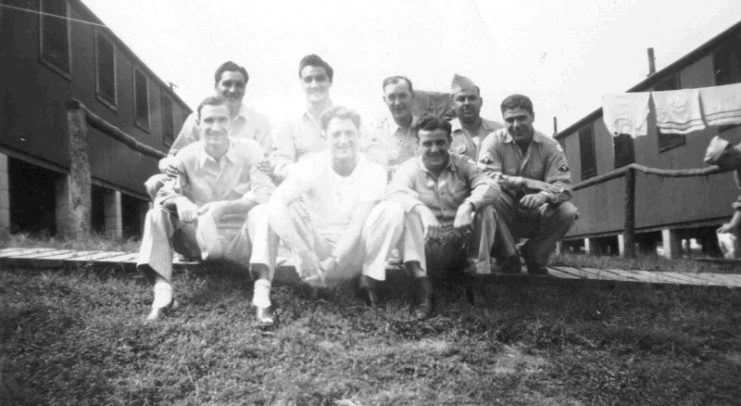
The site today
What was left of the site continued to be used for another 20 years by the RAF. Then it was used by the US Army as storage until 1973. It was finally closed down in 1979.
The whole area was fenced off to protect members of the public. It is still not considered safe because there are many live explosives hidden underground. Having assessed the financial implications of removing them, the UK government decided that the cost would be too high, so the site remains out of bounds.
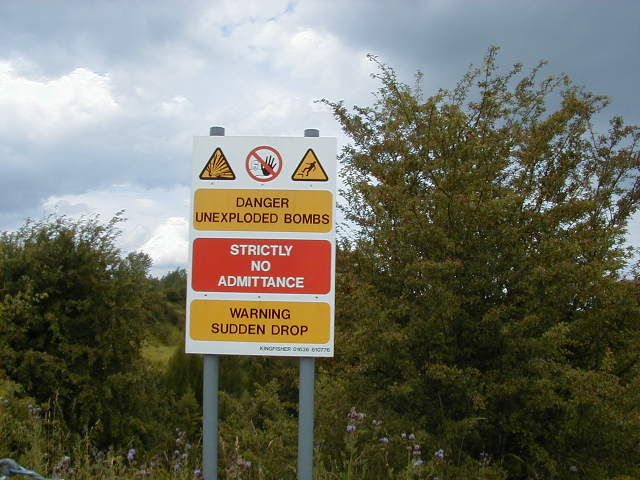
Read another story from us: The Most Powerful Explosions of WWI
Since the area is out of bounds to humans, it has become a sanctuary for wildlife. Looking at the crater today there is little evidence of the destruction that was caused by the explosion. The area is now filled with trees including silver birch and hawthorns, and wildlife including birds and rabbits.
The area around the crater has become a popular route with walkers. Following the path which extends halfway around the crater, walkers are able to see the memorial plaque which was unveiled in 2014 to mark the 70th anniversary of the explosion.
